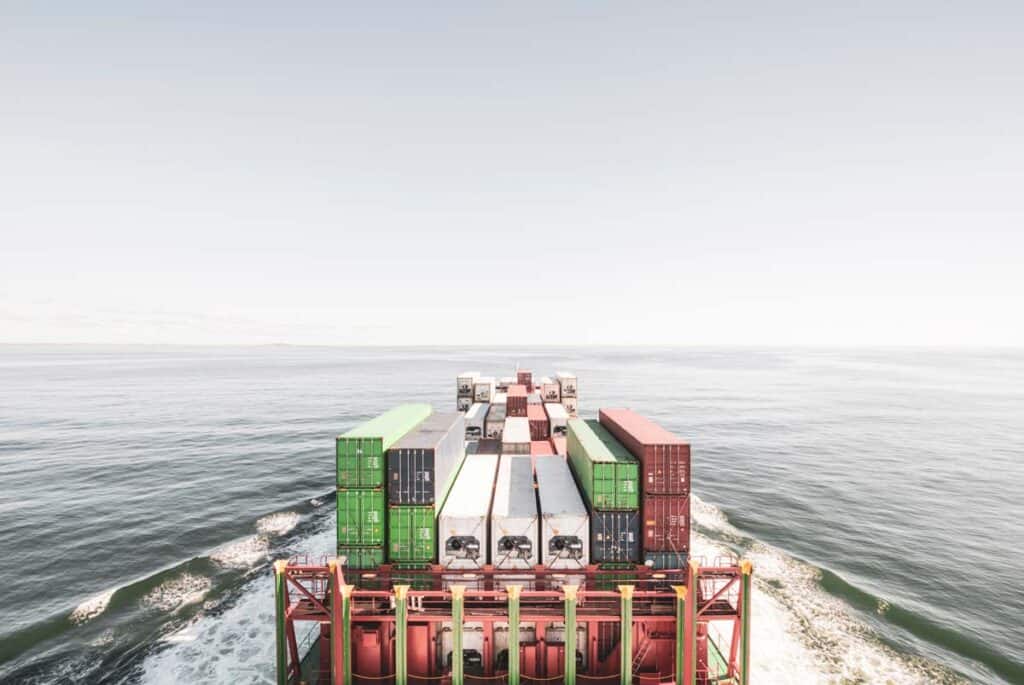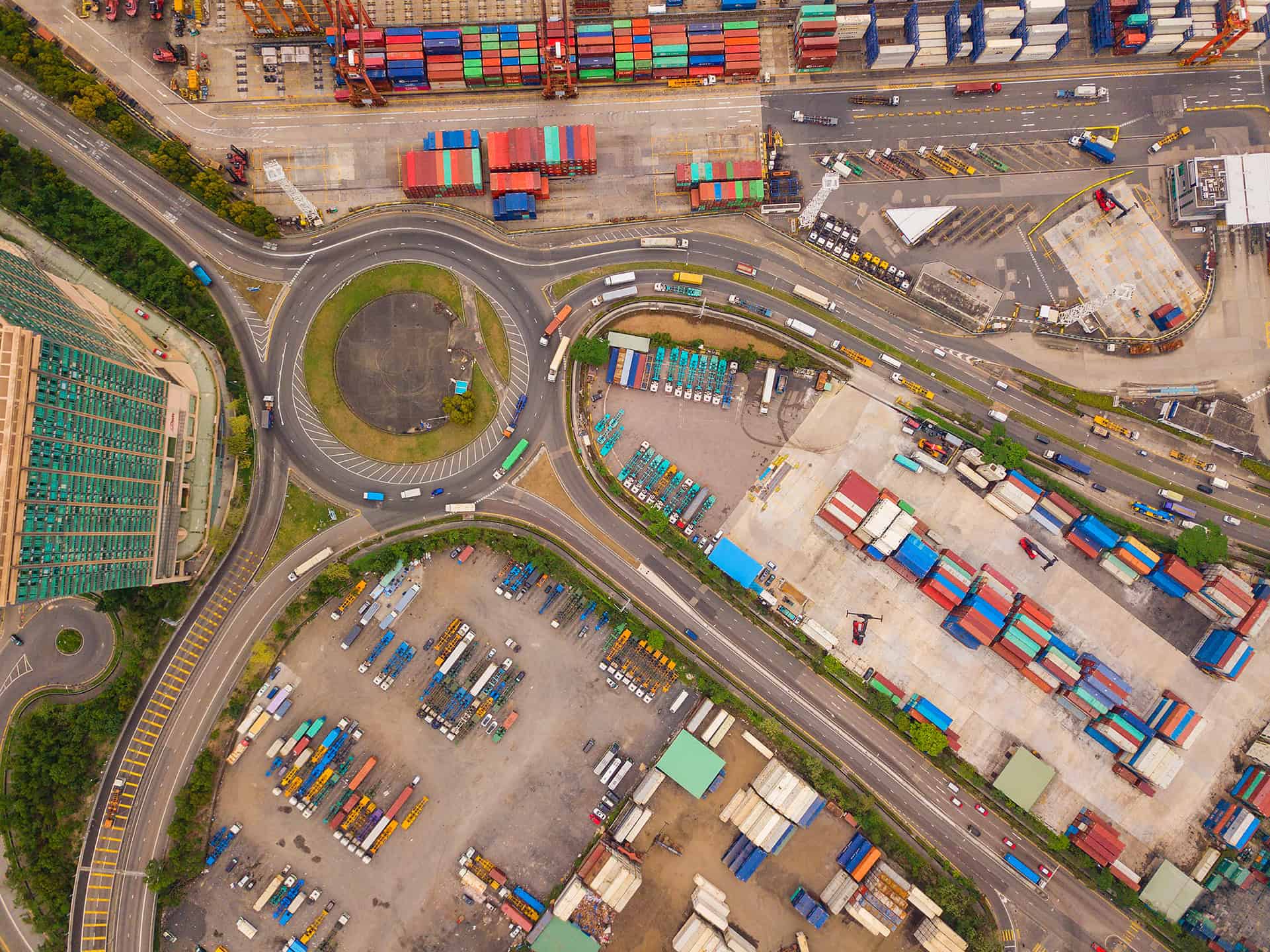
Global trade is undergoing a rapid evolution, influenced by a multitude of factors such as climate change, geopolitical events, conflict zones, wars, and more. Countries increasingly make trade decisions based on global politics rather than just economic benefits. Monitoring the effects of these events on international shipments can be exceedingly challenging for businesses. E2open Global Knowledge® is continually expanding and promptly adjusting to the significant rise in regulatory changes caused by such factors.
The magnitude of these changes is evident in e2open’s Global Knowledge processed updates that impacted approximately 68 million records related to various elements of global trade in 2024. A substantial portion of these modifications were linked to changes to customs tariff schedules and daily updates to Restricted Party Lists (RPS).
Sign up for our free Global Trade Management Newsletter to receive weekly updates on the latest global trade content such as RPS, tariffs and other government regulations, import/export controls, and more!
- Many countries make significant changes to import tariffs between mid-December and the end of February, affecting a wide range of products within the tariff schedule. Around 50% of the 230 + countries and territories within e2open Global Knowledge coverage announce major annual changes in 2025. This necessitates customers to quickly reclassify their products and stay updated on the new tariffs.
- More than 60 alterations to Restricted Party Lists are applied daily, impacting around 3 million entities and individuals annually.
While these changes may not garner as much attention as the anticipation of Trump tariffs, they are nonetheless significant. It is widely discussed that the Trump administration will likely have a significant impact on the global supply chain.
Additional U.S. tariffs and retaliatory tariffs
President Trump’s first term in office was marked by the implementation of a range of tariffs under Sections 301 (Chinese imports), 232 (steel imports), and 201 (imports that may threaten domestic industries). These tariffs targeted specific countries and products identified as threats to the U.S. domestic market and national security. In response, numerous countries enacted their own retaliatory tariffs. Nations including China, the European Union, Mexico, Canada, Turkey, India, and Russia imposed additional duties in retaliation. As President Trump begins his second term, there is significant speculation regarding the potential effects of further tariffs. Retaliatory tariffs are likely to be reactivated as well.
Want to learn how you can prepare for trade compliance and tariff uncertainty? Read our blog post!
In mid-2024, Biden directed tariff increases across strategic sectors such as steel and aluminum, semiconductors, electric vehicles, batteries, critical minerals, solar cells, ship-to-shore cranes, and medical products. These measures aimed to encourage China to eliminate its unfair trade practices regarding technology transfer, intellectual property, and innovation. As per the U.S. FR publication 89 FR 76581 the duty rate increases in the table below have become effective from 2024 onwards and can be accessed in e2open’s Global Knowledge Repository.
However, a more significant question remains regarding whether these rates will be maintained or further increased during the current Trump Administration.
| Battery parts (non-lithium-ion batteries) | Additional rate of 25% in 2024 |
| Electric vehicles | Additional rate of 100% in 2024 |
| Facemasks | Additional rate of 25% in 2024 |
| Lithium-ion electrical vehicle batteries | Additional rate of 25% in 2024 |
| Lithium-ion non-electrical vehicle batteries | Additional rate of 25% in 2026 |
| Medical gloves | Additional rate of 25% in 2026 |
| Natural graphite | Additional rate of 25% in 2026 |
| Other critical minerals | Additional rate of 25% in 2024 |
| Permanent magnets | Additional rate of 25% in 2026 |
| Semiconductors | Additional rate of 50% in 2025 |
| Ship to shore cranes | Additional rate of 25% in 2024 |
| Solar cells (whether or not assembled into modules) | Additional rate of 50% in 2024 |
| Steel and aluminum products | Additional rate of 25% in 2024 |
| Syringes and needles | Additional rate of 50% in 2024 |
Check out the e2open Import Cost Calculator to see how additional duty impacts are affecting your business.
Anticipated Trump tariffs
According to President Trump’s social media accounts, he has threatened to impose 100% tariffs on BRICS nations – an intergovernmental organization made up of Brazil, Russia, India, China, and five other countries – should they attempt to replace the U.S. dollar’s role in international trade. Furthermore, he has proposed a 25% tariff on Mexico and Canada in response to issues related to fentanyl and migration, raising questions about the future of the United States-Mexico-Canada Agreement (USMCA). An extra 10% tariff is also anticipated to be levied on China. During an extensive press conference, he also targeted Denmark, warning the nation of significant tariffs as part of his efforts to assert U.S. control over Greenland. All of these actions will likely provoke retaliatory measures, potentially affecting global supply chains.
Global Knowledge: E2open’s trade regulations interactive map
As the global community anticipates the possible implementation of additional tariffs on Mexico, Canada, China, Denmark, and the BRICS countries, it is crucial to remain well-informed. If you are apprehensive about how the tariffs from the Trump Administration could impact your supply chain and business operations, check out our Global Trade Regulations Interactive Map. We encourage you to remain connected and bookmark this page for continuous updates. Select the Global Trade Topic “Trump’s Tariff and Retaliatory Tariff Measures by Other Countries”
This page provides a detailed overview of global distribution and the ramifications of these changes. The interactive map is a sample representation of the full capabilities of e2open Global Knowledge. It is not intended to show the full breadth and depth of content in the database.
Please contact e2open for any assistance with your questions.




